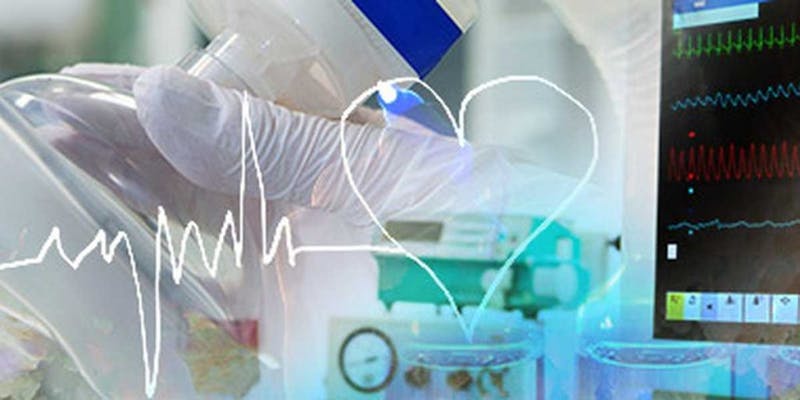
The myth behind anesthesia
The anesthesiologist is the medical specialist, who, after receiving his surgical doctor title in a Faculty of Medicine from a University, studies for three years or more the specialty of anesthesiology in a Hospital specialized in the area.
Anesthesiologist, the unknown doctor
The anesthesiologist activity is scarcely visible, only the surgical and infirmary team is recognized.
The anesthesiologist is the doctor that will be with you before, during and after surgery taking care of you. Before the surgery the anesthesiologist must evaluate all medical conditions and formulate an inidual anesthesia plan taking into account the physical state of the patient.
Is responsible for the administration of anesthesia, look out and regulate all vital organs functions like the heart, brain, blood pressure, oxygenation of the lungs and kidney function.
What’s the anesthesiologist job?
Most patients, due to sedative effects, are incapable of remembering the presence of this specialist in the O.R. even when their work is of vital importance for their safety.
The anesthesiologist functions basically are:
- Evaluate the health state of the patient to lower anesthetic risks.
- Constant monitoring of their vital signs during surgery.
- Avoid pain caused by the surgery. Induce the patient in a pharmacologically induced coma for a painless surgery, with the techniques and suitable medication for each patient’s physical state.
- Attention during surgery if any alteration occurs in the vital functions that may arise during the surgery, especially on patient with chronic diseases.
- Emergency situations. The anesthesiologist is the specialist in cardiopulmonary resuscitation in case of a cardiac arrest.
Fasting
Fasting is essential for the application of anesthesia, because if the patient throws up gastric content during the anesthesia, food may travel to the lungs, blocking oxygenation, which is fatal. This is way it is important to give notice to the anesthesiologist if fasting wasn’t done as indicated.
Types of anesthesia
MONITORED SEDATION. The patient is given sedatives and analgesics through IV, with which the patient tranquilizes and doesn’t feel pain when administering local anesthesia.
LOCAL ANESTHESIA is usually administered by the surgical surgeon and its purpose is to numb a small part of the organism. It is similar to the one used by dentists, but without pain thanks to the analgesics and sedatives previously administered.
REGIONAL ANESTHESIA OR BLOCK is usually used in arm, leg and abdomen surgeries. Also used during labor.
The types of regional anesthesia are:
- Subarachnoid Block or Rachis and Epidural Block: are the two types of anesthesia from the waist down.
- Block of an extremity: arm or leg.
This is done by injecting an analgesic near the spine o the nerves to numb a certain part of the body. A few minutes later, the spot will start to feel numb. Usually sedatives are administered through IV, so that the patient will feel calm. The patient may choose being awake or slightly awake.
Because the GENERAL ANESTHESIA works mainly in the brain and nervous system, the patient is induced in a pharmacological coma, making the patient unconscious and won’t be aware of anything. While unconscious, usually, a flexible tube is placed through the mouth and larynx to administrate anesthetic gases and oxygen, and is removed before the patient awakens.
In the case of general anesthesia, fears have been transmitted by family and friends.
Nowadays, anesthesia risks have noticeably reduced, when the anesthesiologist reviews the patient’s medical history, as well as the 30-year-old patient, who is previously checked by the internist or cardiologist.
This and having the proper monitoring equipment, difficult intubation equipment and special medications, if needed by the patient; has achieved to diminish the maximum of catastrophic events associated to anesthesia.
Anesthesia technological advances
Safety during anesthesia is the most important thing. During the anesthesia, the anesthesiologist, supported by sophisticated monitors that must be interpreted to detect and control any contingency, is constantly evaluates vital functions.
These devices are:
CARDIOSCOPE is a cardiac monitor (like an electrocardiogram bust constant). On a screen it shows a constant graphic of the heart’s function. The anesthesiologist handles all alterations reflected in it.
PULSE-OXIMETER is a monitor that allows evaluating blood oxygenation and indicates the pulse. This devise is placed on a finger o toe.
MANOMETER, measures blood pressure at frequent intervals.
CAPNOGRAPH constantly measures the carbon dioxide exhaled by the patient.
BISPECTRAL INDEX, measures cerebral activity and depth of anesthesia, like an electrocardiogram but constant. Is the news monitor, prevents the risk of waking up during surgery.
DEVICE TO MESSURE TEMPERATURE. It’s a skin thermometer that can be placed in different places, depending the type and duration of the surgery.

